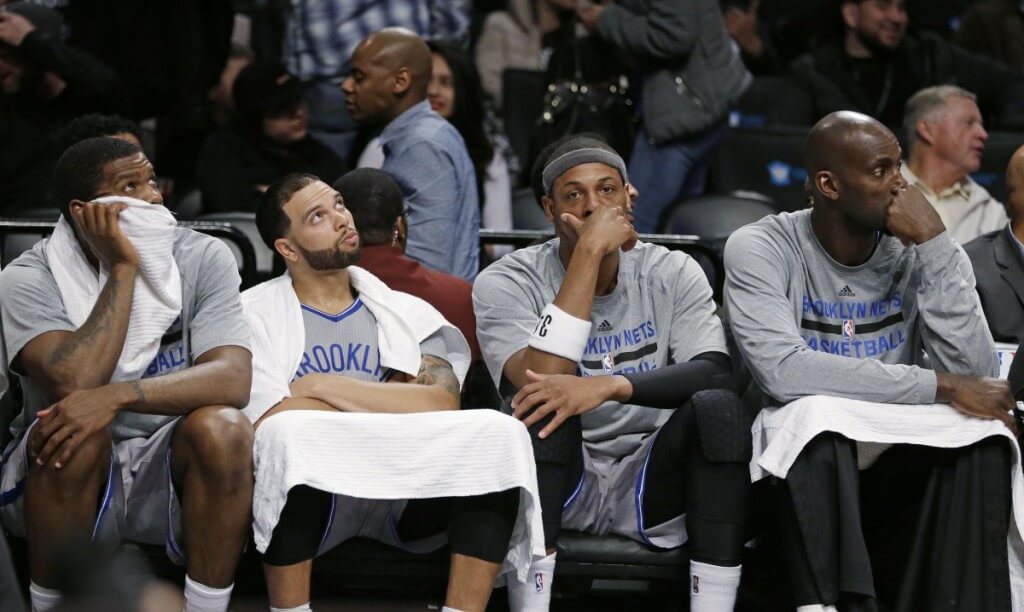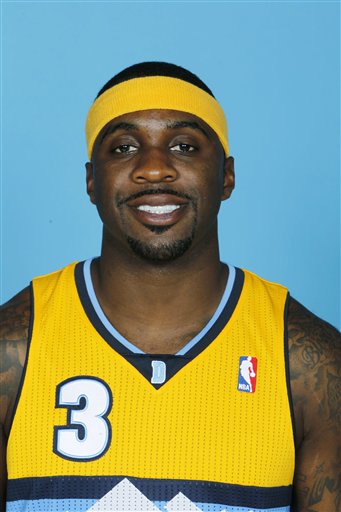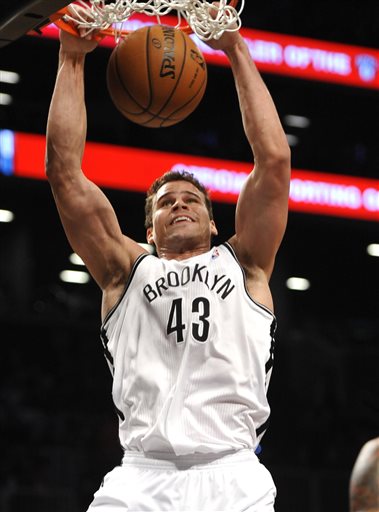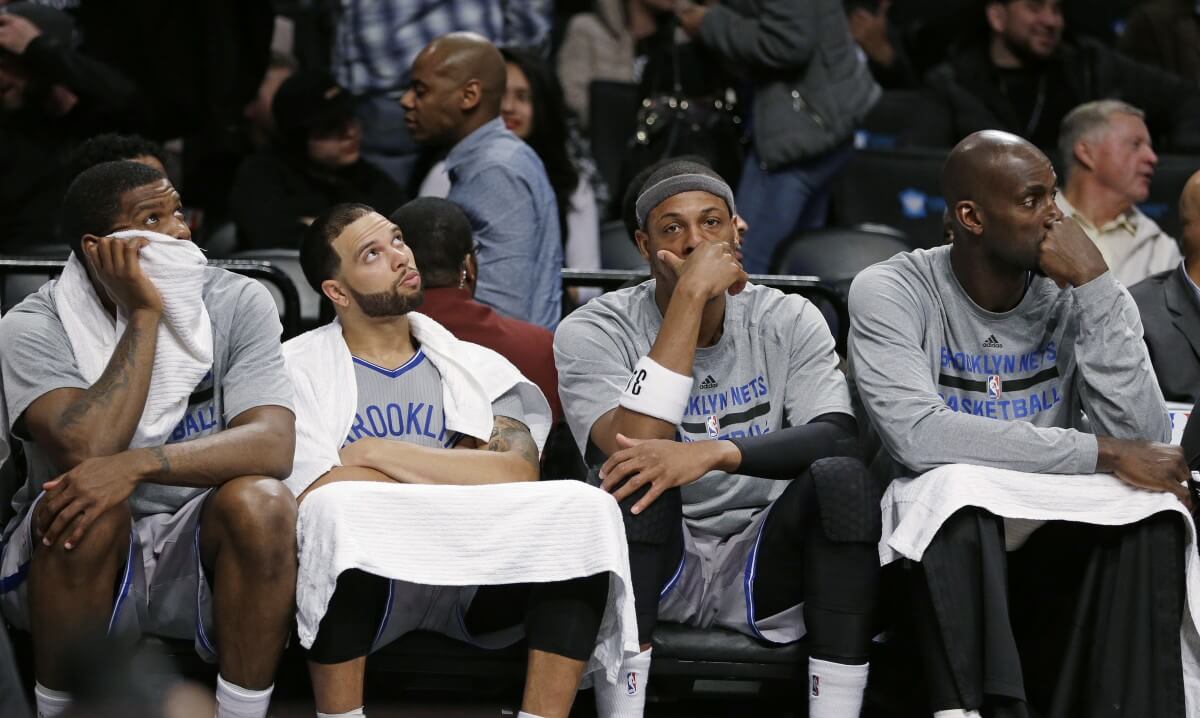
At this point last season, the Brooklyn Nets had just begun to turn it around. After a dreadful 10-21 start, the team opened up the floor with unique changes to the starting lineup, which keyed a 34-17 run to close the season and catapult them into the playoffs.
But with five straight losses, it’s awful hard to see a way for the Nets to right this ship. The weirdness and draft picks are gone, and the front office has cap-committed itself through next season. It’s almost like they’re the frog in the infamous boiling frog experiment, except they both jumped into the pot of water and turned up the heat on themselves.
Make no mistake: this is the worst-case scenario. The Nets are spiraling down the playoff rankings, have a brutal schedule over the next three weeks, and could see themselves tumble out of the playoffs, only to gift a potential lottery pick to the now-surging Atlanta Hawks. Murphy’s Law might be re-named Brooklyn’s Law after this season.
How did we get here? Here’s the biggest reasons.
Injuries
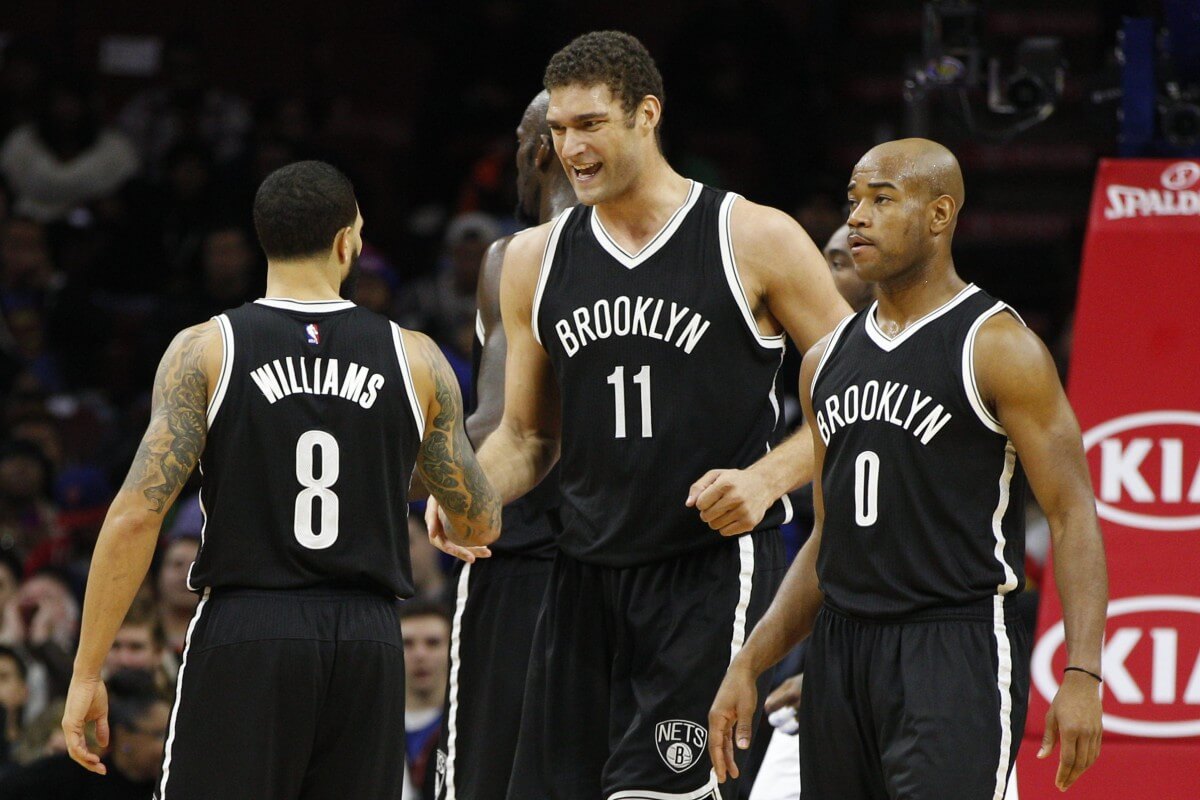
He is the ultimate paradox. The team has been undoubtedly better with him on the floor, and he may be on the most untradable contract in the league. It’s not just that he’s owed $21 million next season, but Williams has an early termination option that allows him to extend his contract through 2016-2017 for $22.3 million. That’s the season the NBA salary cap is expected to rise dramatically in lieu of the league’s new $24.9 billion TV deal with ESPN, which makes it a little less egregious, but it’s still a number no team will take on for an above-average (at best) injury-prone point guard fast with vanishing explosiveness.
Speaking of vanishing explosiveness, Brook Lopez has come off the bench for the Nets in eight of 11 games since returning to the Nets after a lower back strain, only starting in place of the resting Kevin Garnett. Lopez’s back strain was preceded by a mild right midfoot sprain in preseason, which itself was preceded by three foot surgeries and an ankle surgery on Lopez in a three-year span.
Lopez has spent much of the season playing himself into a comfort zone, getting the majority of his offense from post-ups and isolations, with varying effectiveness. Perhaps out of necessity, he’s become a more perimeter-oriented player, hitting the first three-pointer of his (regular season) career in Saturday night’s loss to the Detroit Pistons. He’s getting almost as many shots from 16 feet and out (24.4 percent) as he has from 3 feet an in (27.1 percent), a disturbing trend for a 7-footer with legitimate inside touch.
What might the Nets look like had Williams’s ankles not failed him, or Lopez’s feet not needed multiple surgeries? The two played close to optimally together in their first year in Brooklyn, with Lopez hanging around the basket waiting for Williams to create an open layup or dunk for him. But two years later, the two just want to work their way back into the starting lineup again. How the max players have fallen.
Schemes
Lionel Hollins said it himself when asked about the team’s offensive concepts. “What concepts?” He said before the team’s 90-88 loss to the Philadelphia 76ers on January 9th. “Pick-and-roll. Simple. … Kick open, shot, make it. It’s as simple as that. It’s not like we have some complicated offense that nobody’s ever seen before. It’s about making shots. That’s what professionals do.”
Simple isn’t bad, but the Nets’ simplicity has also made them predictable. They rank 24th in the NBA in offensive production, with often-stagnant offense led by Johnson and Lopez looking to create shots for themselves. There have been glimmers of ball movement, but they have been few and far between.
Talent & Flexibility
But here’s the ugly part of it: the Nets just aren’t very good, after losing three key parts of their rotation in the offseason, partially because they just didn’t have the money to spend. They’re famously in luxury tax hell, which has kept them from any shot at improving drastically through free agency, and the players they’ve wrapped up their salary cap in have struggled to produce.
The most notable loss was future Hall of Fame forward Paul Pierce, who signed a two-year deal with the Washington Wizards in the offseason after the Nets gave up three unprotected first-round picks to acquire him & Kevin Garnett from the Boston Celtics. Though it initially came as a shock, the Nets didn’t re-sign Pierce for a multitude of reasons: for one, the additive luxury tax from matching the contract Pierce eventually got from the Washington Wizards would’ve cost the Nets close to $20 million per season, and eliminated any chance that they’d avoid “repeater tax” territory next season. But they also felt that Pierce had evolved into a modern-day power forward, as he’d played with them over the past few months, and didn’t want to invest more money in a player on the decline.
But Pierce hasn’t lost a step from Brooklyn to Washington, putting up eerily similar production. The Nets could use his ability to space the floor on a team that has shot 22.7 percent from three-point range in the last five games, and is currently ranked 25th in the NBA in three-point shooting.
And yes, as overblown as machismo, toughness, and “duh guy who makes duh big shot” can be among pundits, Pierce was someone Kidd could trust to score and make important plays in key situations, perhaps nearly as much as Joe Johnson, who developed an insane crunch-time reputation over the past two seasons that rivaled any in league history. With the Nets floundering, that matters.
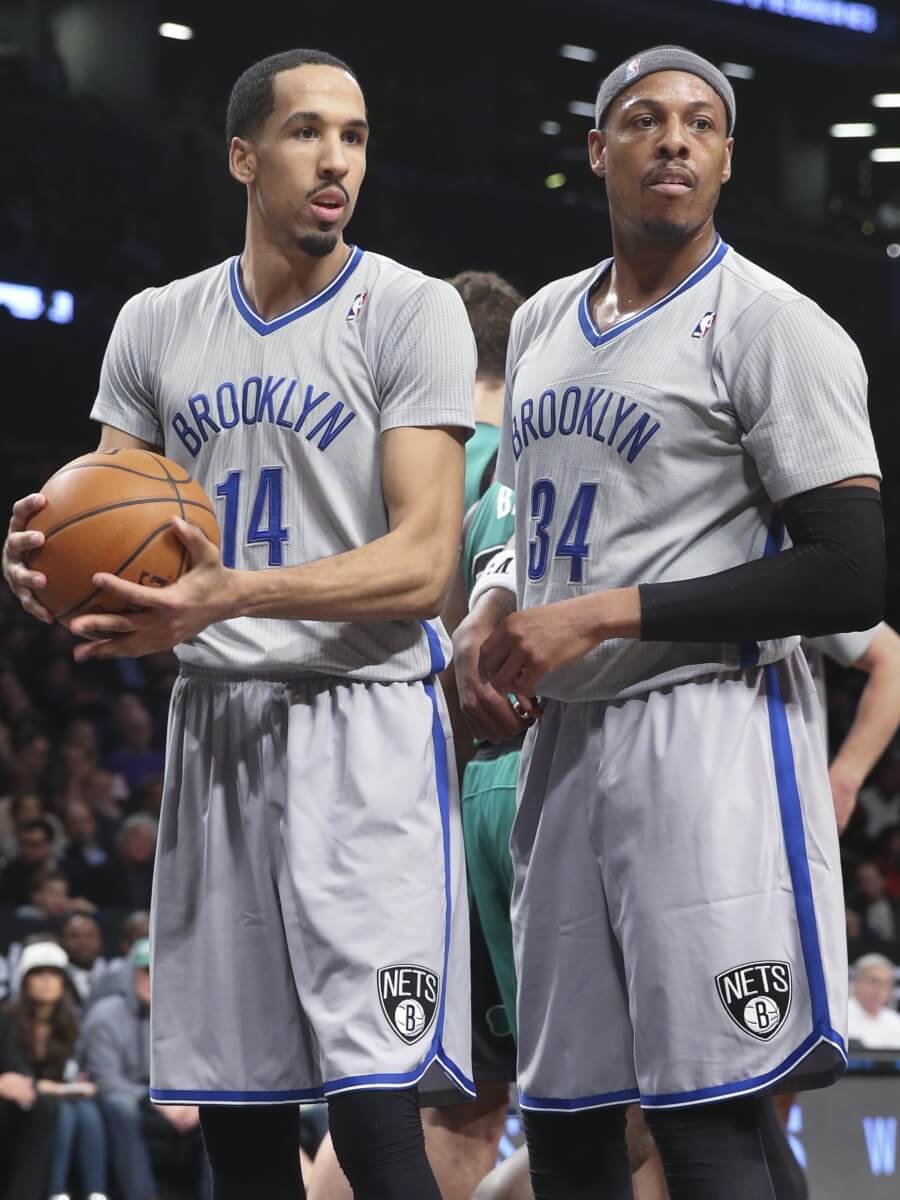
But the loss hurt the Nets in as many ways as Livingston can impact a game. He was a 6’7″ post-up distributor that could attack the basket switch onto four positions defensively. He’s only called a point guard because the position stuck when he was in high school. Livingston was the symbol in Jason Kidd’s positionless lineup (I’ve called him not a point guard or swingman, but a “Livingston” in the past), and allowed the Nets to go to “longball” with their new lineup. The Nets just don’t have that kind of confusion to throw at opponents anymore.
Off the bench went Andray Blatche, who led the NBA in points per 36 minutes among bench players over the past two seasons (defined as players who played at least 140 games and started fewer than 20 in that span). The Nets had a multitude of concerns about Blatche, who had more off-court issues than they wanted to deal with, and the worry around the league meant he couldn’t even get a minimum deal. Blatche is now putting up video game numbers for the Xinjiang Flying Tigers in China. Even if the Nets (and the league) didn’t want to deal with Blatche’s antics, his on-court production made for one of the league’s best big man tandems, sharing minutes with Lopez, Mason Plumlee, and Kevin Garnett. His often head-scratching but oddly effective style meant the Nets didn’t miss a beat when they lost Brook Lopez last year, and gave them a unique boost off the bench. Even if the Nets didn’t want him back, his production (and insanity) from last season is something they’ve struggled to replace.
And don’t forget Andrei Kirilenko. Though Kirilenko looked more like a confused rookie than a seasoned veteran in his brief forays into Lionel Hollins’s rotation this season, Kirilenko was an important piece off the bench following two months of back spasms: the Nets won 30 of 45 games with Kirilenko in the rotation, who, like Livingston, fit in just about everywhere and played sharp help defense on a team that thrived on it in 2014.
What’s left is an aging veteran core, shooters who have struggled to shoot, rim protectors that have struggled to protect the rim, and a trio of superstars that have struggled to play together as two fight their own ailing bodies.
So what’s next?
League sources have indicated to The Brooklyn Game that Lopez is the most likely player to move in a trade, but even that requires another franchise leaping some faith-based hurdles. Cutting Joe Johnson without getting talent back might make the Nets the worst offensive team in the league, and it’s hard to imagine any suitor would take on Williams without needing another asset like Mason Plumlee, like the Kings requested last month. The Nets aren’t dealing Plumlee in any conceivable trade at this point.
They can still ride out this core, make small-time moves to preserve flexibility down the stretch, cut their luxury tax bill, and wipe the slate clean in two seasons. If Lopez regains any of his explosiveness near the basket, or Williams can come back healthy from yet another injury setback, there’s hope that they can keep their playoff spot, a nice consolation prize that would beat giving up a lottery pick to the Hawks.
But that’s just about all there is left for this team, which has hit rock-bottom to open 2015: that they might get the pleasure of getting bounced in the first round of the playoffs in a weak conference, and hit the reset button two years from now. If they can ride out that ugliness, there could be light at the end of the tunnel. But with little to hope for until then, the Nets are stuck, a franchise unable to leap out of their pot, as their underlying issues simmer to a boil.

